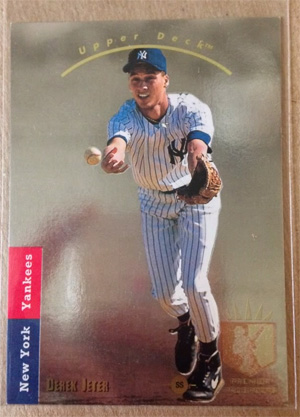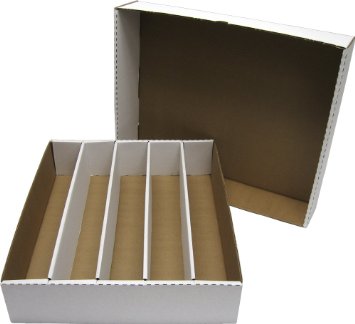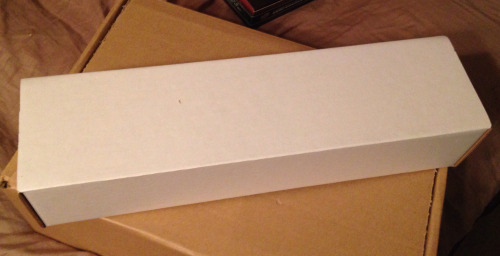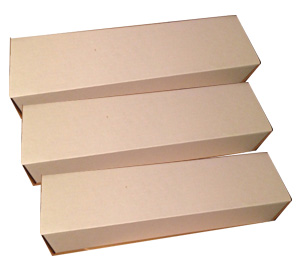What a difference 22 years makes, huh? 1993 was the tail end of the junk wax era. Card companies started slowing down the presses, and collectors started to find some premium cards were not as readily available as the typical 50 cent packs offered at grocery stores.
While some cards from the late 80’s and early 90’s were produced in mass quantities to the tune of millions … PER CARD, some were not. 1993 SP, for example. A beautiful set highly sought after – even to this day by collectors, and namely due to Derek Jeter’s rookie. The 1993 SP Foil rookie of Jeter remains among the top rookies to have for this time period, and in recent years, has even seen a price increase. Heck, for a gem mint copy of one, you can expect to shell out several thousand dollars for one – that is, if you can find a copy this perfect. I was lucky to find one in a display holder at a garage sale for $1 – it doesn’t get much better than that!

The collecting landscape is FAR different in 2015. The collecting community is far smaller, but on average, each collector is shelling out far more money for must haves in their collections. Let’s face it – had card manufacturers continued to only put out 50 cent packs like they were doing 25 years ago, the card companies would have collapsed long ago.
Enter: 2015 Topps Tek. Boxes are in the $70-80 range, and each box holds … 1 pack. Yes, 1 pack – holding 8 cards. They are cool, shiny and clear – but they don’t pass the Back to the Future test.

Well, at least he got the price right! The 3d hologram pop outs? Not so much.
After a forum member named BBCgalaxee mentioned something from an older publication. In 1994, a magazine named Sports Look, Upper Deck responded to rumors about there being a 6,000 case print run of 1993 SP. A rep responded saying that was a bit low, but it was close.
So, what does that mean? The set has 290 cards, and an insert set of about 20 cards. For easy math, let’s just say there are 300 cards in the set. There are 12 cards per pack, 24 cards per box and 18 cards per case. That means that there are about 5,184 cards in each case or, over 31 million 1993 SP cards out there. That would mean that there are over 100,000 of each card that was printed. If the foil rookies are not short printed, does that mean that the beloved 1993 SP Jeter foil has over 100,000 copies out there?
And this, my friends, is from a card that had a limited print run!
Now, let’s take a look at 2015 Tek. I heard that Topps had bumped up the case run to 2,500 cases this year. That is about 25% of the run that 1993 SP had, right? Sit tight a sec fefore you go running to grab every single serial numbered card you can find.
Sure, the case run may be 2,500 – however, there are not 18 boxes per case like SP. There are 12. And instead of 12 cards per pack, there are 8. As mentioned above, instead of 24 packs per box … there is one. At 96 cards per case, we are looking at 240,000 cards made. There are 100 cards in the set, so aside from inserts, you are probably looking at about 2,400 of each card made. As you probably already know, Topps made things a lot more interesting by offering up multiple variations of each. My Canseco checklist shows 23 different variations. 274 are accounted for being serial numbered over 12 of these variations, and there are varying rarities for the remaining 11, but being a numbers guy, this exercise was extremely interesting to me. (If only my math teacher used problems involving baseball cards, I’d probably have done a lot better in school!)
So, what it looks like is this:
The print run PER CARD for 1993 SP would need OVER TWENTY of these 5,000 count monster boxes to store them all.

Imagine all these boxes being FILLED with 1993 SP Jeter Foil cards!

Whereas the print run per card of 2015 Tek would just need 3 of these 800 count boxes to store them all in:

So, each card would only need these to store the entire print run of each card (well … that is, if they weren’t so thick.)

And within each of these boxes, you could find 23 different variations of each card.
To me, the 1993 SP numbers are shocking. With over 100,000 1993 SP Jeter cards out there, how is the price staying so high? I guess it goes to show you how many collectors there truly are out there … and how many cards out there that they can be mixed in with.
The 2015 Tek numbers are a little bit surprising too, though to be honest. It looks like some of the more common variations may have 500-1,000 of each. I expected the numbers to be lower as well on these.
I’ll admit that in writing all of this, I am using hearsay, generalizations and assumptions, but it looks like these figures could be used as nice ballpark estimates.



After your e-mail you made me look on e-bay some more and I’m tempted to go for the 2015 Tek cards as well but I think I’ll stick to my current project of trying to get the STAR cards, quantity over rarity for me for now.
I hear ya – I actually have a double for you of the 2015 Tek whenever we do another swap!